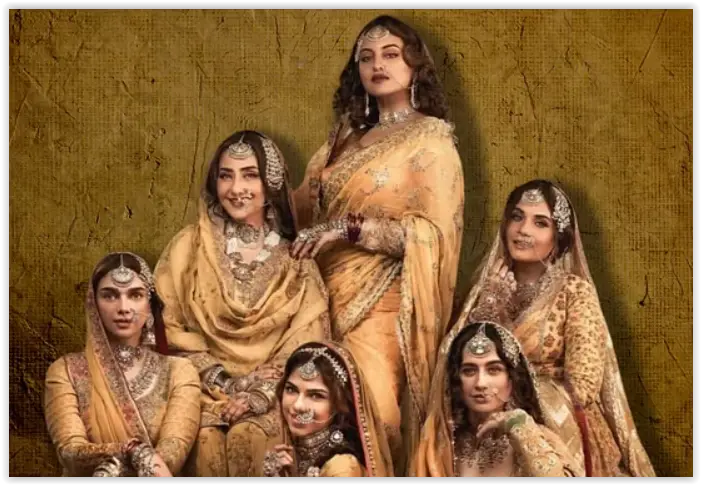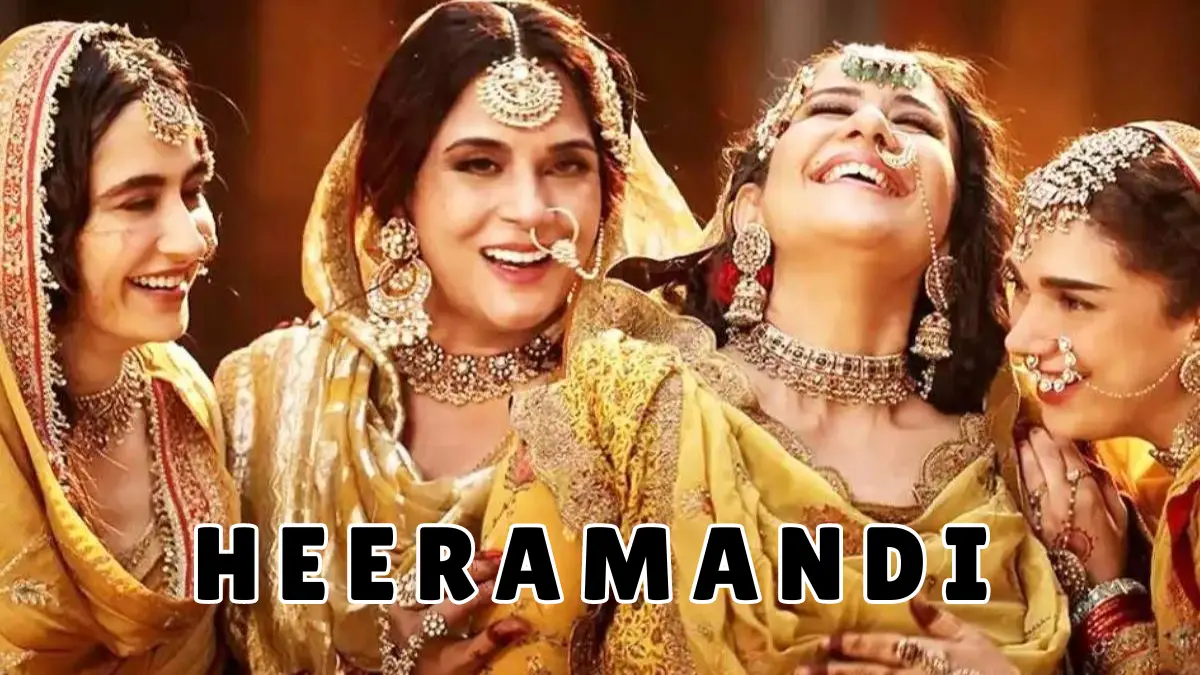In the labyrinth of Lahore’s history, nestled within the shadows of the imposing Badshahi Mosque, lies Heeramandi, a place as enigmatic as it is historic. Recently brought to life in Netflix’s series “Heeramandi: The Diamond Bazaar,” this locale’s story is a poignant narrative of culture, decline, and resilience.
A Cultural Cornucopia
Historically, Heeramandi, also known as Shahi Mohalla, was a flourishing quarter south of Lahore Fort, initially established for the royal servants. Its transformation into a cultural hub began when it became home to the elite tawaifs—skilled in music, dance, and poetry—who were integral to the Mughal court’s cultural fabric. The series attempts to recapture this golden era, showcasing the tawaifs’ artistry, which transcended mere entertainment to embody the finesse and high culture of the time.

The Artistic Soul of Heeramandi
The tawaifs of Heeramandi were custodians of classical Indian music, Kathak dance, and Urdu poetry, embodying sophistication and wit. Netflix’s portrayal, though visually compelling, often misses the authentic rustic charm and linguistic nuances, crucial to the true spirit of Lahore. The absence of local Punjabi songs and the celebrated Patangbazi during Basant further dilutes the cultural authenticity viewers might expect.
The Clash of Cultures
As “Heeramandi: The Diamond Bazaar” unfolds, it navigates through the cultural transformations induced by colonial influence. The British era brought severe disruptions, transforming Heeramandi’s artistic sanctuaries into zones marked by economic and social decline. The series touches on this shift, albeit with a dramatic flair that sometimes ventures into historical liberties, leaving purists yearning for a more accurate depiction.
Dramatic Personae
The series features an ensemble cast including Manisha Koirala, Richa Chaddha, and Sonakshi Sinha, who bring depth to their roles as the denizens of Heeramandi. Manisha Koirala’s Malika Jaan embodies the spirit of the legendary courtesans, while Richa Chaddha’s portrayal of Lajwanti offers a glimpse into the personal tragedies shadowing the grandeur. However, the male characters lack depth, often reduced to predictable roles that serve the women-centric narrative.

Cinematic Flair and Flaws
Sanjay Leela Bhansali’s signature opulence in sets and costumes paints every frame with grandeur but sometimes at the cost of historical accuracy. Critics argue that the series, while majestic, often strays from its historical roots, with dialogues and settings that feel more reminiscent of Bollywood than the bylanes of Lahore.
Conclusion: A Mosaic of History and Fiction
“Heeramandi: The Diamond Bazaar” is an ambitious attempt to chronicle the lives of Lahore’s legendary courtesans. It is a reminder of the enduring human spirit through the arts, even in the face of societal transformations and adversities. As we traverse through its episodes, we are invited not just to observe but to feel the echoes of a past that continues to whisper its stories through the crumbling edifices of Heeramandi. While it may not satisfy all historical purists, the series provides a platform for the stories of Heeramandi’s women to be told, tales that are as relevant today as they were in the past. It is a cinematic journey that intertwines the threads of history, drama, and the timeless struggle for cultural preservation.


